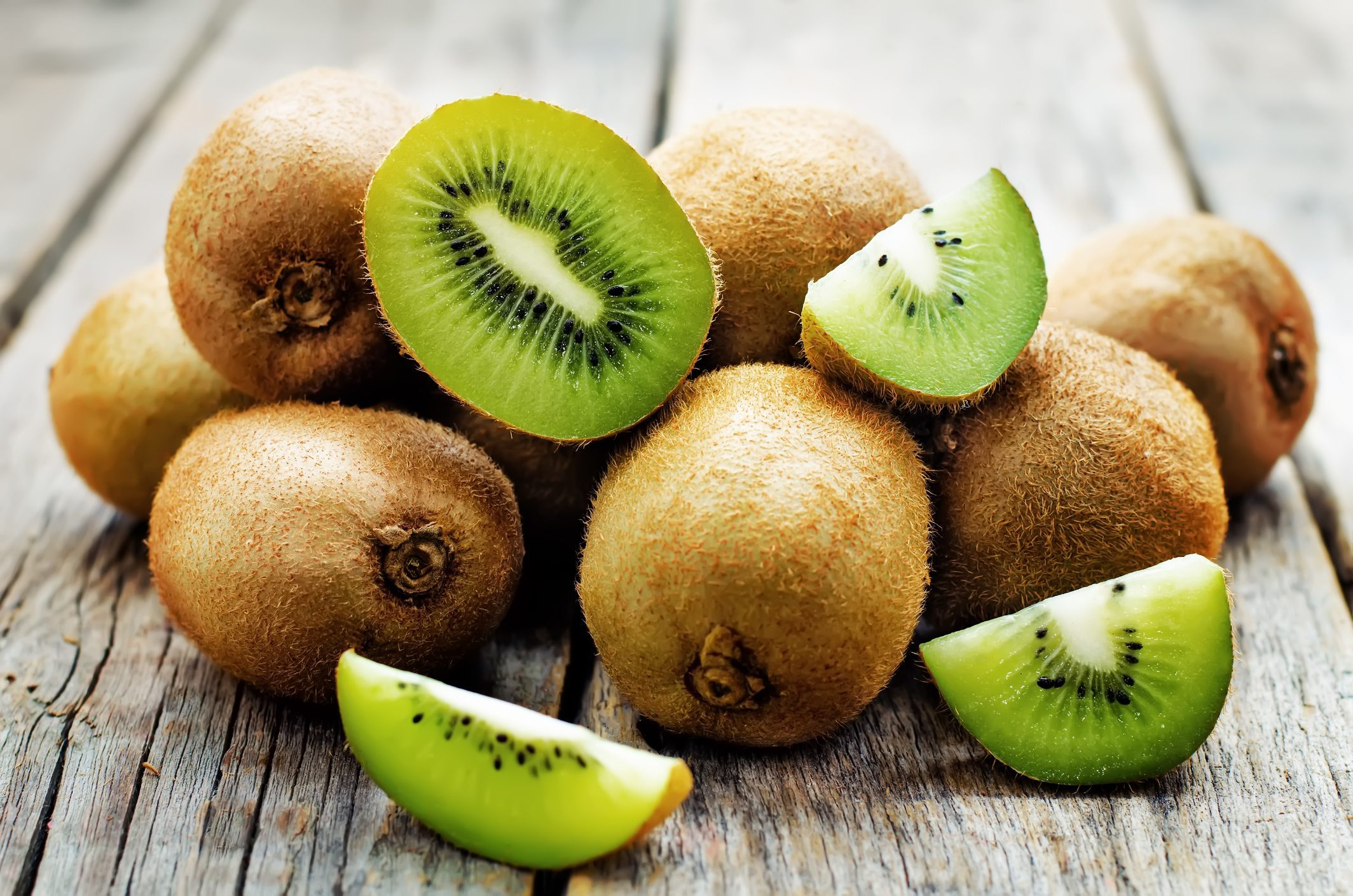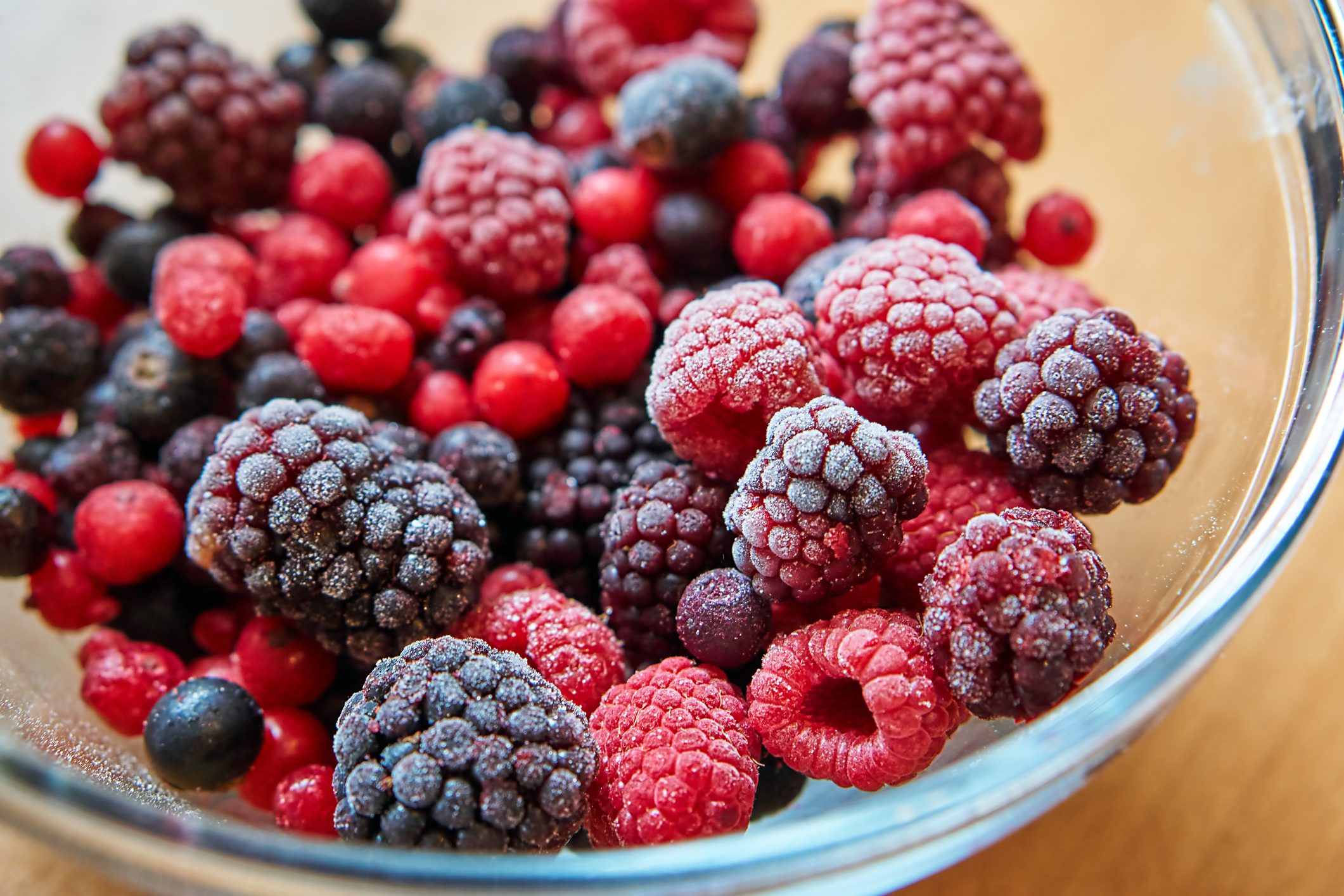How Many Servings of Fruits and Vegetables Should You Eat Weekly? Here’s What Experts and the FDA Say!
Most Americans don’t eat enough fruits and vegetables, but how much is actually necessary for good health? Nutrition experts recommend a specific number of servings per week to support heart health, digestion, and overall well-being. Understanding the right balance—and how to easily incorporate more produce into your meals—can make healthy eating effortless and enjoyable.

Most of us know that fruits and vegetables are essential for a healthy diet, but how much is enough? Nutrition experts emphasize the importance of eating a variety of produce, yet many Americans fall short of the recommended intake.
A diet rich in fruits and vegetables can help lower the risk of chronic diseases, support digestion, and boost overall well-being. But how many servings per week should you aim for? Let’s break it down and find the right balance for your health.
The Recommended Weekly Intake: What Experts Say
The U.S. Department of Agriculture (USDA) and the Centers for Disease Control and Prevention (CDC) recommend:
- Fruits: At least 1.5 to 2 cups per day (10-14 cups per week)
- Vegetables: At least 2 to 3 cups per day (14-21 cups per week)
In total, this means 24 to 35 cups of fruits and vegetables per week for optimal health.
However, these numbers are just a baseline. Your ideal intake depends on factors like age, gender, activity level, and personal health goals. Athletes, for example, may benefit from higher amounts due to increased energy needs.

Why Fruits and Vegetables Matter
A diet rich in produce provides essential vitamins, minerals, fiber, and antioxidants that support key body functions. Here’s what makes them so important:
- Supports Heart Health – Lowers blood pressure and reduces the risk of heart disease
- Aids Digestion – High fiber content promotes gut health and prevents constipation
- Boosts Immunity – Packed with vitamins C and A to fight illness
- Improves Skin Health – Antioxidants help protect against aging and inflammation
- Supports Weight Management – Low in calories, high in nutrients, and keeps you full longer
Eating a wide variety of fruits and vegetables ensures that you’re getting a broad spectrum of nutrients rather than just focusing on a few favorites.
Breaking It Down: How to Get Enough Fruits and Vegetables Each Week
Best Ways to Reach Your Weekly Intake
Instead of counting every serving, focus on adding more fruits and vegetables to your daily meals. Here are some simple ways to make it happen:
- Breakfast: Add berries to yogurt or blend a green smoothie
- Lunch: Fill half your plate with salad or roasted vegetables
- Snacks: Opt for apple slices, carrot sticks, or bell peppers instead of processed snacks
- Dinner: Incorporate leafy greens or roasted veggies into main dishes
If you’re struggling to hit your daily target, try meal prepping fruits and vegetables in advance for easy access throughout the week.

Are All Fruits and Vegetables Created Equal?
Not all fruits and vegetables provide the same benefits. While all are good for you, some offer higher nutrient density than others.
Fruits to Prioritize:
✔ Berries – High in antioxidants and low in sugar
✔ Citrus Fruits – Packed with vitamin C for immune support
✔ Bananas – A great source of potassium and energy
✔ Apples – High in fiber and good for gut health
✔ Avocados – Full of heart-healthy fats
Vegetables to Prioritize:
✔ Leafy Greens (Spinach, Kale, Swiss Chard) – High in iron, calcium, and fiber
✔ Cruciferous Vegetables (Broccoli, Brussels Sprouts, Cauliflower) – Supports detoxification and heart health
✔ Carrots & Sweet Potatoes – Rich in beta-carotene for eye health
✔ Bell Peppers – Loaded with vitamin C
✔ Legumes (Beans, Lentils, Chickpeas) – High in plant-based protein and fiber
By focusing on these nutrient-rich options, you can maximize health benefits while keeping your diet diverse and interesting.
Fresh, Frozen, or Canned? What’s Best?
Many people believe that fresh produce is always better, but that’s not necessarily true.
- Fresh: Ideal for peak flavor and nutrient content, but can spoil quickly.
- Frozen: Picked at peak ripeness and flash-frozen to retain nutrients. A great option for convenience.
- Canned: Can be a healthy choice if packed in water instead of syrup and low in sodium.
Pro Tip: If fresh produce isn’t accessible, frozen fruits and vegetables are just as nutritious and often more affordable.

How to Make Eating More Fruits and Vegetables Easier
If hitting your weekly target feels overwhelming, try these strategies:
- Keep it Simple – Start by adding just one extra serving per meal.
- Experiment with New Recipes – Try roasting, grilling, or air-frying veggies for a new flavor experience.
- Blend Them In – Sneak extra greens into smoothies or add shredded vegetables to pasta sauces.
- Eat a Variety of Colors – A colorful plate means a diverse range of nutrients.
Making small, manageable changes can help you naturally increase your intake without drastic dietary shifts.
TLDR: How Many Servings Should You Aim For?
For most adults, the goal is at least 10-14 cups of fruit and 14-21 cups of vegetables per week. While it might sound like a lot, breaking it down into daily portions makes it far more achievable.
Rather than focusing on strict numbers, aim to fill half your plate with fruits and vegetables at each meal. This simple strategy can help you meet your nutritional needs without the stress of counting servings.
;Resize,width=767;)
;Resize,width=712;)
;Resize,width=712;)
;Resize,width=712;)
